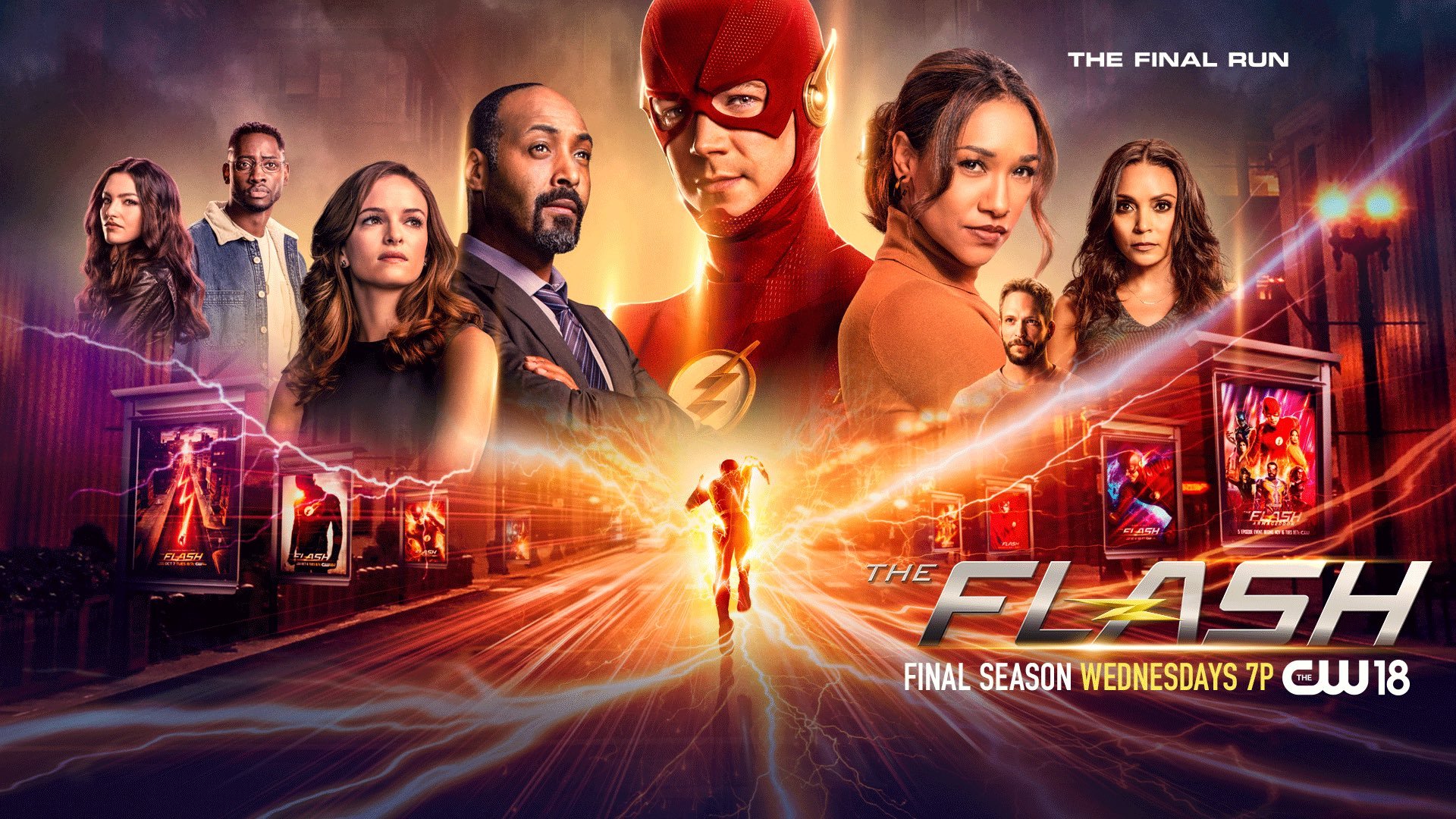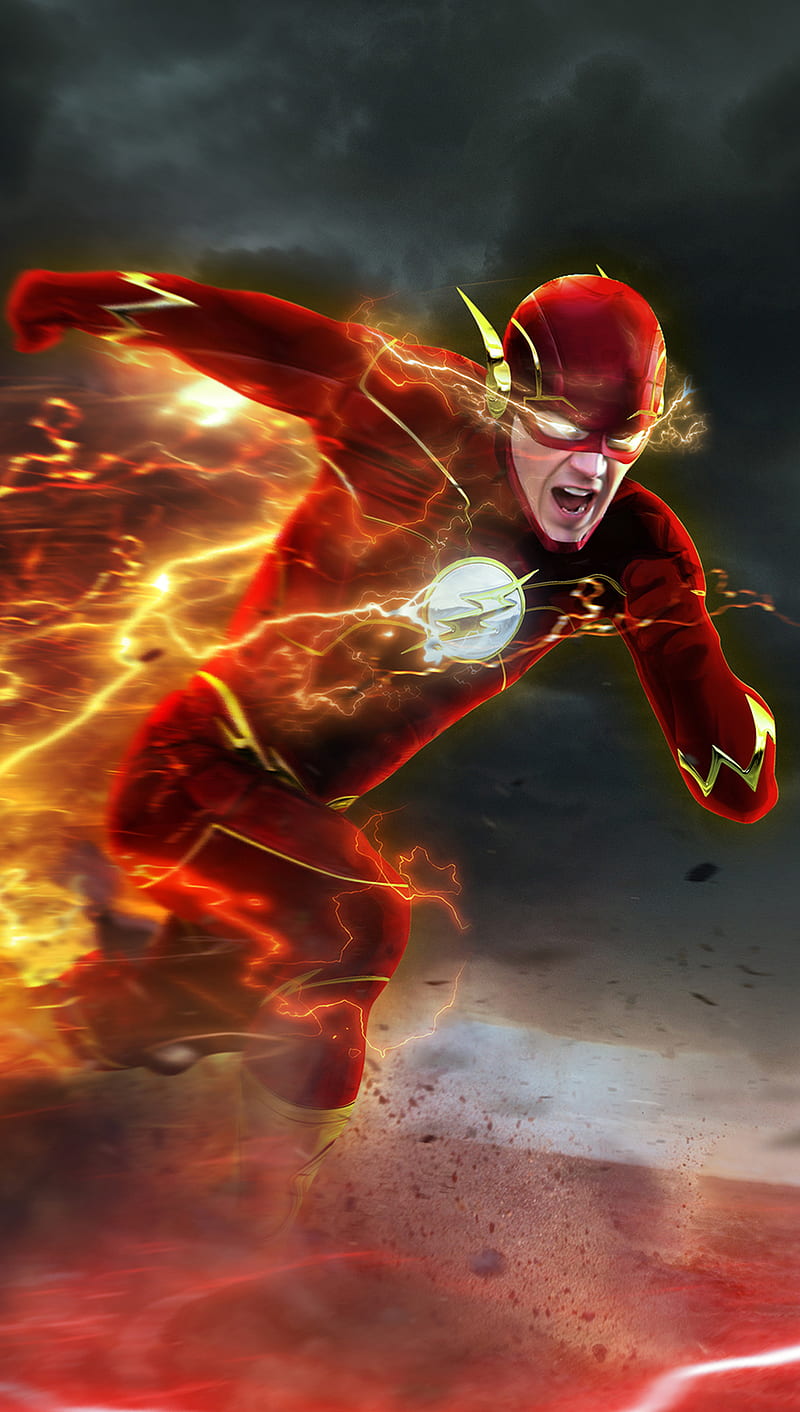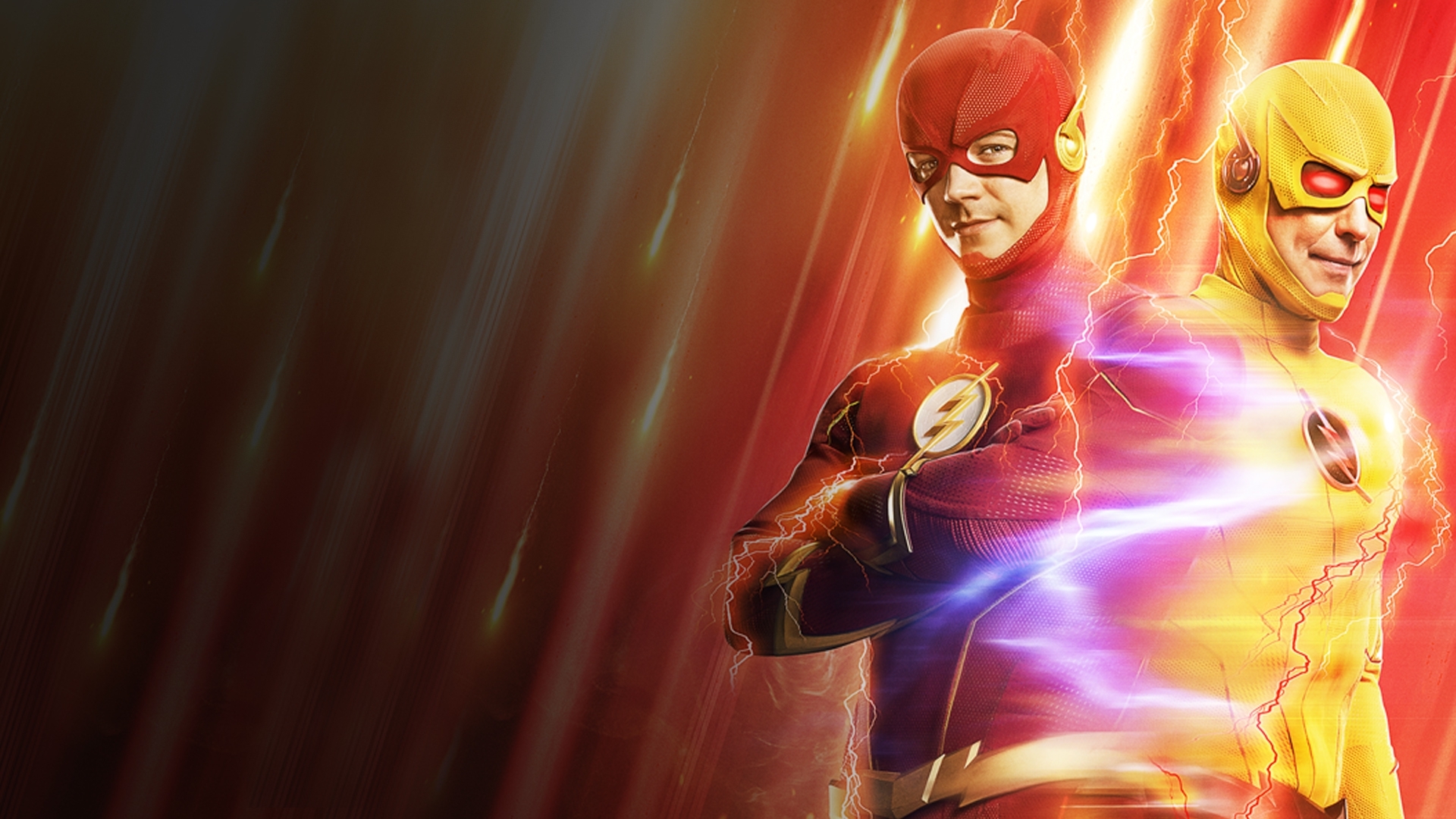Flash pictures have become an essential part of modern photography, allowing photographers to capture stunning images in various lighting conditions. Whether you're a professional photographer or an amateur enthusiast, understanding how to use flash effectively can significantly enhance your photography skills. This comprehensive guide will explore everything you need to know about flash photography, from the basics to advanced techniques.
Photography has evolved dramatically over the years, and flash photography plays a crucial role in creating high-quality images. Whether you're shooting portraits, events, or landscapes, knowing how to use flash can make a world of difference. In this article, we will delve into the world of flash photography, providing you with valuable insights and practical tips.
By the end of this article, you'll have a thorough understanding of flash photography techniques, equipment, and best practices. Whether you're a beginner or looking to refine your skills, this guide will help you take your photography to the next level.
Read also:Dave Grohl At Wimbledon A Rock Stars Love Affair With Tennis
Table of Contents
- Introduction to Flash Pictures
- Types of Flash Equipment
- Basics of Using Flash
- Advanced Flash Techniques
- Using Flash in Portrait Photography
- Flash Photography in Events
- Tips for Beginners
- Common Mistakes to Avoid
- Flash Photography Equipment Guide
- Conclusion
Introduction to Flash Pictures
What is Flash Photography?
Flash photography refers to the use of artificial light sources, typically built-in or external flashes, to illuminate subjects during photography. This technique is especially useful in low-light conditions or when natural light is insufficient. Flash photography can enhance the quality of your images by reducing shadows, improving color accuracy, and creating dynamic lighting effects.
According to a study by the National Association of Photography, over 70% of professional photographers use flash regularly in their work. This statistic highlights the importance of mastering flash techniques for achieving professional results.
Why Use Flash in Photography?
Using flash in photography offers several advantages:
- Improves image quality in low-light conditions.
- Reduces harsh shadows and creates a more balanced exposure.
- Enhances colors and textures in photos.
- Allows for greater creative control over lighting.
Whether you're shooting indoors or outdoors, flash can help you achieve the desired effect and elevate your photography skills.
Types of Flash Equipment
Built-in vs. External Flash
There are two primary types of flash equipment: built-in and external flashes. Built-in flashes are convenient and portable, making them ideal for casual photography. However, they have limitations in terms of power and versatility. External flashes, also known as speedlights, offer more power, flexibility, and control over lighting.
Key Features of External Flashes
When choosing an external flash, consider the following features:
Read also:Sophia Loren Images A Journey Through The Iconic Moments Of A Legend
- Guide Number: Measures the power and range of the flash.
- Tilt and Swivel: Allows you to angle the flash for bounce lighting.
- Manual and Automatic Modes: Provides flexibility in controlling flash output.
- Wireless Capability: Enables remote triggering for creative lighting setups.
Investing in a quality external flash can significantly enhance your photography capabilities and allow for more creative freedom.
Basics of Using Flash
Understanding Flash Modes
Modern cameras and flashes come with various flash modes, each designed for specific scenarios:
- Auto Flash: Automatically activates the flash when the camera detects low light.
- Fill Flash: Used to reduce shadows in bright conditions.
- Slow Sync Flash: Combines flash with a slow shutter speed for creative effects.
- Rear-Curtain Sync: Delays the flash until the end of the exposure for motion trails.
Understanding these modes and when to use them can help you achieve better results in different situations.
Controlling Flash Output
Controlling flash output is crucial for achieving the desired exposure. Most flashes allow you to adjust the power settings, enabling you to fine-tune the intensity of the light. Experimenting with different power levels can help you find the perfect balance between natural and artificial light.
Advanced Flash Techniques
Bounce Flash
Bounce flash involves directing the flash light towards a reflective surface, such as a ceiling or wall, to create softer, more natural lighting. This technique reduces harsh shadows and creates a more pleasing illumination of the subject.
Off-Camera Flash
Using off-camera flash allows for greater creativity and control over lighting. By positioning the flash away from the camera, you can create dynamic lighting setups and achieve professional-grade results. Wireless triggers and remote flash units make this technique more accessible than ever.
Using Flash in Portrait Photography
Creating Flattering Lighting
Flash is an invaluable tool in portrait photography, helping to create flattering lighting and reduce unattractive shadows. Using techniques like bounce flash and softboxes can enhance the subject's features and create a more polished look.
Controlling Background Exposure
When shooting portraits, it's essential to balance the exposure between the subject and the background. Using flash can help you maintain proper exposure for both elements, ensuring that neither the subject nor the background is overexposed or underexposed.
Flash Photography in Events
Handling Low-Light Situations
Event photography often takes place in low-light environments, making flash an essential tool for capturing clear and vibrant images. Using external flashes and bounce techniques can help you overcome lighting challenges and produce high-quality photos.
Minimizing Intrusiveness
When photographing events, it's important to be mindful of the atmosphere and avoid being overly intrusive. Using flash discreetly and strategically can help you capture moments without disrupting the event or distracting attendees.
Tips for Beginners
Start with Built-in Flash
If you're new to flash photography, start by experimenting with your camera's built-in flash. This will help you understand the basics of flash lighting and how it affects your images.
Practice in Different Scenarios
To improve your flash photography skills, practice in various lighting conditions and environments. This will give you hands-on experience and help you develop a deeper understanding of how flash works in different situations.
Common Mistakes to Avoid
Overusing Flash
One of the most common mistakes in flash photography is overusing the flash, which can result in unnatural and harsh lighting. Learn to balance flash with ambient light to create more natural and pleasing images.
Ignoring Background Exposure
Another common error is neglecting the background exposure when using flash. Always pay attention to the overall composition and ensure that both the subject and background are properly exposed.
Flash Photography Equipment Guide
Recommended External Flashes
Some of the best external flashes available today include:
- Canon Speedlite 430EX III-RT
- Nikon SB-700
- Godox V860II
These flashes offer a range of features and capabilities to suit different photography needs and budgets.
Accessories for Flash Photography
Investing in accessories like softboxes, diffusers, and wireless triggers can enhance your flash photography experience. These tools provide greater control over lighting and allow for more creative possibilities.
Conclusion
Flash photography is a powerful tool that can significantly improve your photography skills and results. By understanding the basics, mastering advanced techniques, and using the right equipment, you can take your photography to the next level. Remember to practice regularly and experiment with different scenarios to refine your skills.
We encourage you to leave a comment below and share your experiences with flash photography. Feel free to explore our other articles for more tips and insights into the world of photography. Together, let's continue to grow and improve as photographers!


